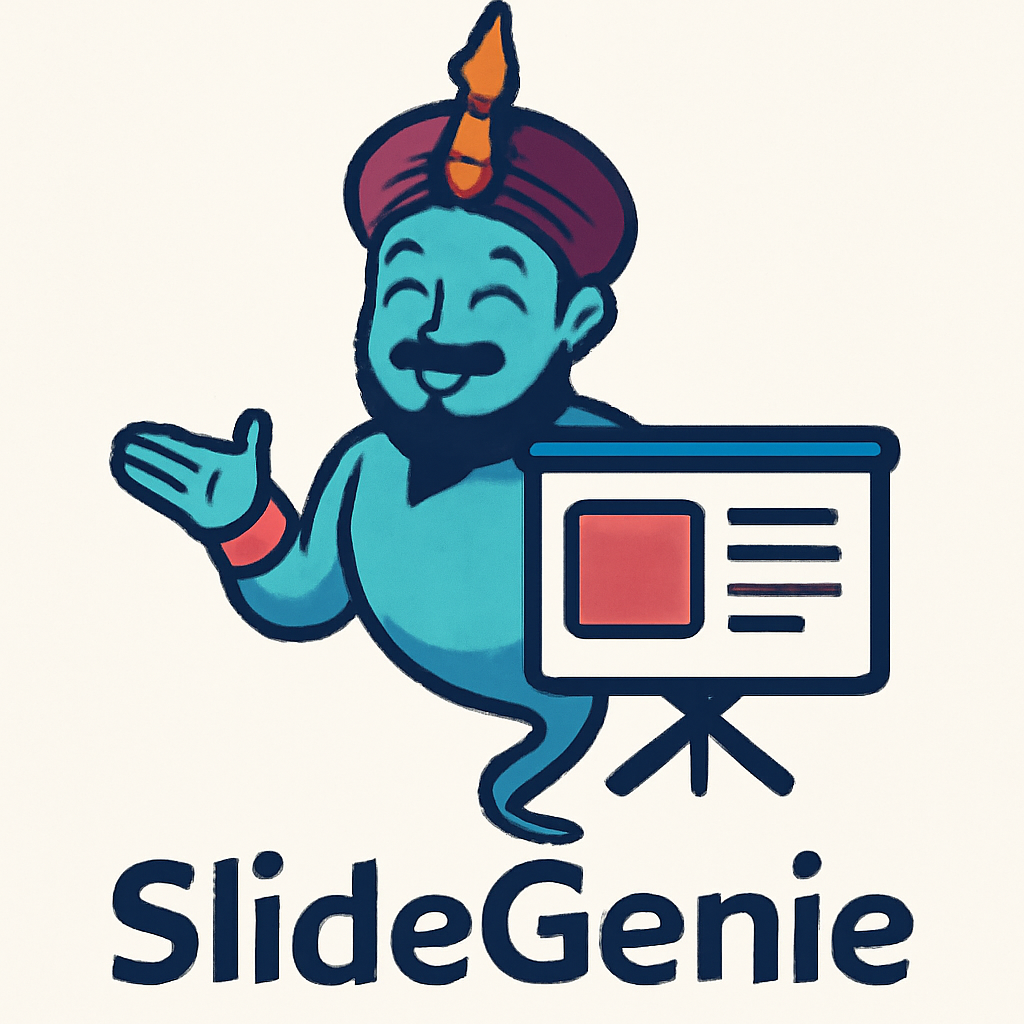Algorithmic Introduction to Coding Theory [Lecture notes]
4.2
Reviews from our users

You Can Ask your questions from this book's AI after Login
Each download or ask from book AI costs 2 points. To earn more free points, please visit the Points Guide Page and complete some valuable actions.Introduction to "Algorithmic Introduction to Coding Theory [Lecture notes]"
Written by Madhu Sudan, "Algorithmic Introduction to Coding Theory [Lecture notes]" serves as a comprehensive guide to the foundational principles and advanced concepts of coding theory. It is an accessible yet rigorous resource for anyone interested in understanding the theoretical underpinnings and algorithmic techniques behind code design, error correction, and information transmission.
Coding theory plays a vital role in modern communication systems, from data storage to error-free messaging across noisy channels. This book not only delves into theoretical constructs such as error-correcting codes, algebraic frameworks, and computational problems but also emphasizes practical algorithmic insights designed for real-world applications. With its focus on a clear and structured exposition, the book caters to advanced undergraduate and graduate students, researchers, and practitioners in Computer Science, Electrical Engineering, and Mathematics.
Summary of the Book
Coding theory lies at the intersection of mathematics, computer science, and information theory. This book introduces foundational topics in coding theory, carefully blending intuition, theory, and algorithms. It begins with an overview of the basic tenets of coding theory: its history, motivations, and key mathematical tools. As readers proceed, they are introduced to linear codes, cyclic codes, and algebraic structures that underpin these concepts, such as finite fields and polynomials.
The text then transitions into algorithmic aspects, covering decoding algorithms, the trade-offs between computational efficiency and error correction capability, and state-of-the-art constructions of efficient codes. Readers will appreciate the accessible style, with an emphasis on clear notation and worked-out examples that emphasize both principles and practice.
Some of the key topics covered include:
- Error-correcting codes and their importance in reliable communication systems.
- Linear and cyclic codes, and the mathematical structures that support them.
- Efficient decoding algorithms, including syndrome decoding and maximum-likelihood decoding.
- Applications of coding theory in areas such as complexity theory, cryptography, and distributed systems.
This book stands out through its strong focus on algorithms, which sets it apart from books that address coding theory purely from a mathematical lens. The synthesis of theoretical and algorithmic content ensures that readers not only grasp the mathematical foundations but also understand how to implement these concepts in software and hardware systems.
Key Takeaways
Readers of this book will gain a deep understanding of the principles and practices that govern the science of transmitting information reliably over noisy channels. Here are some of the key takeaways:
- A robust understanding of the core mathematical tools that underlie coding theory, including vector spaces, modular arithmetic, and finite fields.
- The ability to design and analyze linear codes, cyclic codes, and other forms of error-correcting codes.
- Knowledge of algorithmic techniques to decode received messages effectively and efficiently.
- A systems-level understanding of how coding theory applies to modern communication systems, cryptographic protocols, and distributed data storage.
- An appreciation of the synergy between theoretical rigor and computational practicality in solving real-world problems.
Famous Quotes from the Book
“Coding theory is the art of weaving mathematics, algorithms, and engineering principles into a framework that ensures the reliable transmission of data.”
“While error is inevitable in communication systems, decoding is the art of making sense out of the seemingly nonsensical.”
“Algorithmic insights turn the mathematical possibilities of coding theory into practical systems that fuel modern technological advancements.”
Why This Book Matters
In an era where reliable communication systems are the backbone of technology—from the internet to cloud computing—coding theory plays an indispensable role. "Algorithmic Introduction to Coding Theory [Lecture notes]" provides a gateway to this critically important field. Students, researchers, and practitioners must understand coding theory to effectively contribute to a wide array of domains, including Artificial Intelligence, cybersecurity, decentralized systems, wireless communication, and data storage solutions.
Madhu Sudan's expert treatment of the subject ensures that the intricate connections between theoretical concepts and algorithmic methods are made clear, enabling readers to apply what they learn to practical engineering challenges. By bridging the gap between theory and practice, this book equips readers with timeless tools and methodologies for solving some of the most pressing technological challenges of our time.
Free Direct Download
You Can Download this book after Login
Accessing books through legal platforms and public libraries not only supports the rights of authors and publishers but also contributes to the sustainability of reading culture. Before downloading, please take a moment to consider these options.
Find this book on other platforms:
WorldCat helps you find books in libraries worldwide.
See ratings, reviews, and discussions on Goodreads.
Find and buy rare or used books on AbeBooks.
1111
بازدید4.2
امتیاز50
نظر98%
رضایتReviews:
4.2
Based on 0 users review
"کیفیت چاپ عالی بود، خیلی راضیام"
![Algorithmic Introduction to Coding Theory [Lecture notes]](https://s3.refhub.ir/images/thumb/Algorithmic_Introduction_to_Coding_Theory__Le_32355.webp)

